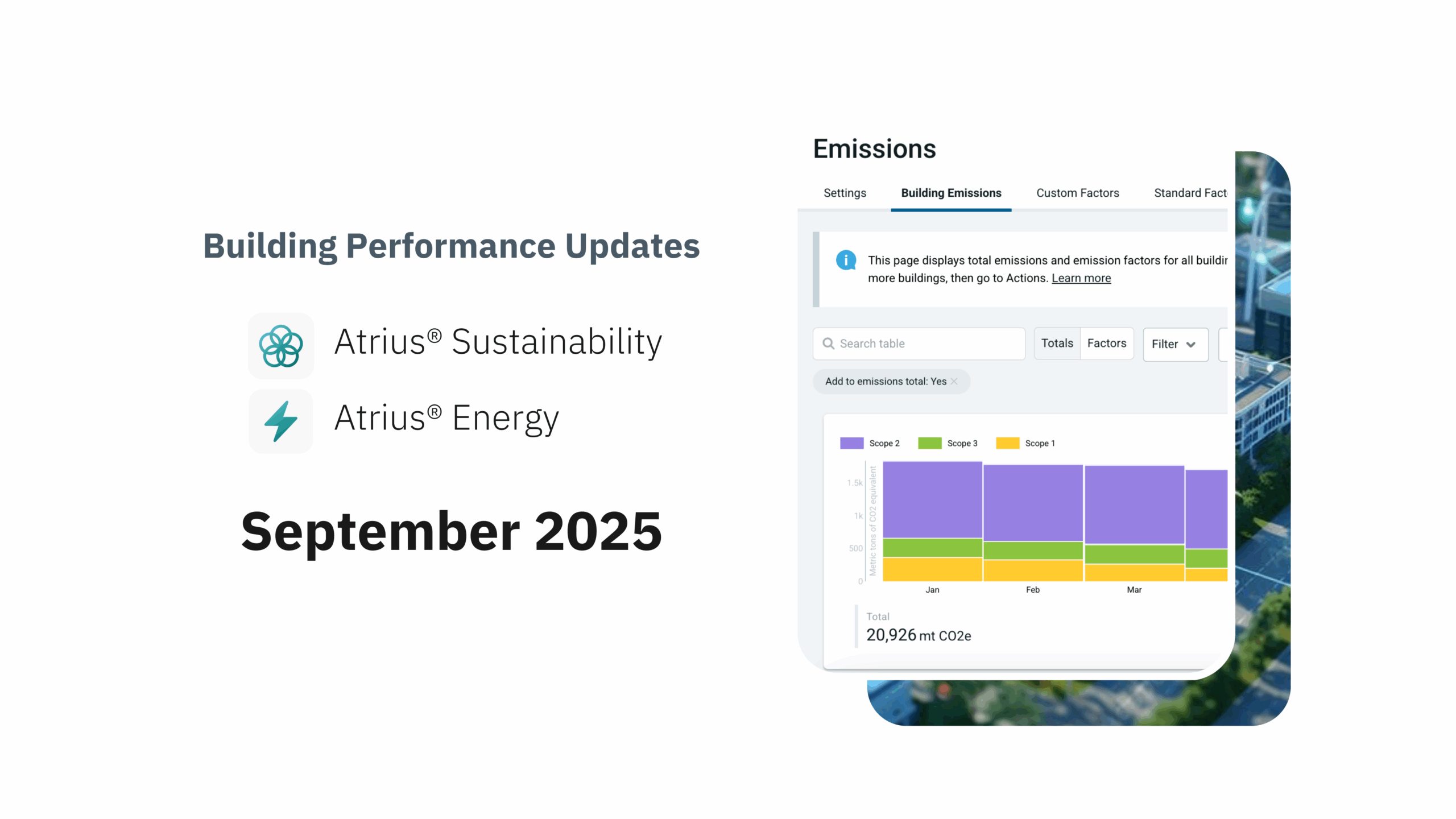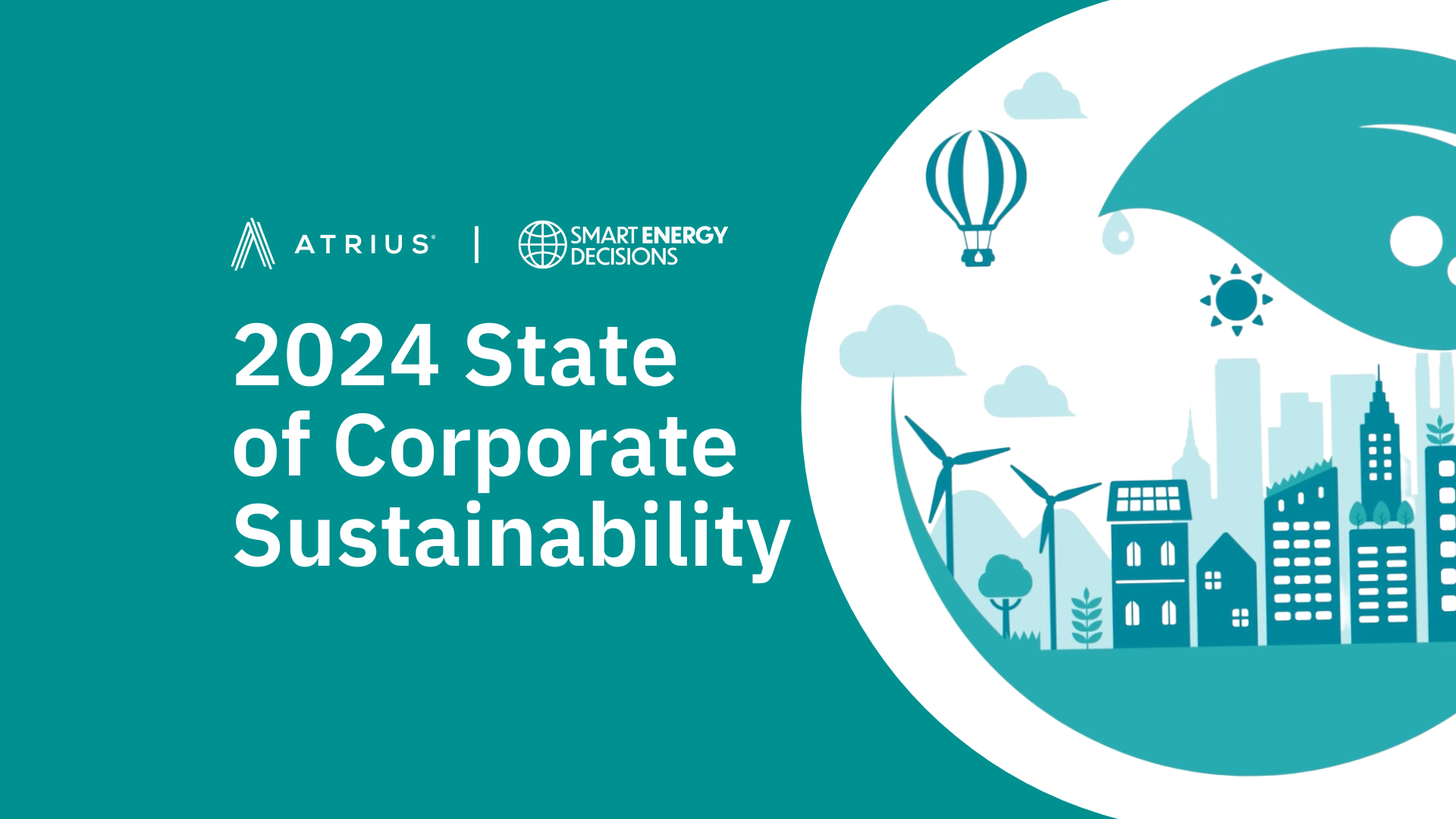On March 6, the Securities and Exchange Commission (SEC) finalized its long-awaited guidance on their climate disclosure rule, “The Enhancement and Standardization of Climate-Related Disclosures for Investors.” While we’ve summarized the key takeaways from the ruling below, we encourage you to reference the full 800 page rule or the SEC’s fact sheet for more details.
Who is impacted: The SEC ruling applies to any company reporting into U.S. Public Markets like the New York Stock Exchange or NASDAQ.
When to act: The first disclosures will be due in 2026 for fiscal year 2025 reporting.
What companies are required to disclose:
- Scope 1 and 2 emissions
- Assurance tied to emissions data
- Costs associated to climate change or severe weather
In this blog, our SEC experts across various teams weighed in on what the ruling means, and how companies can prepare to act.
Scope 1 and 2 are in, Scope 3 Emissions is Out
Under the SEC’s rule, large-accelerated filers (LAFs) and accelerated filers (AFs) must report on their material scope 1 and 2 emissions. To begin this process, companies should follow guidance set by the U.S Supreme Court to determine materiality while also establishing a baseline of what their emissions output is today.
Even though the SEC’s final ruling deviated from previous versions that included scope 3 emissions, many companies should begin tracking this data as soon as possible, especially if their business operates in certain jurisdictions that have been influenced by the ISSB guidelines. With scope 3 typically the largest portion of a company’s emissions output, regions such as California and Europe adopted early regulations that require companies to report scope 3.
Comparing CSRD, SEC Disclosure Rule, and CASB
| SEC Climate Disclosure Rule | CA SB 253 | CA SB 261 | CSRD | |
| Scope 1 and 2 emissions | Yes | Yes | N/A | Yes |
| Scope 3 emissions | No | Yes, if material or a scope 3 goal or target applies | N/A | Yes |
| TCFD-aligned climate risk reporting | Partially | NA | Yes | Yes |
| Limited to reasonable assurance required | Yes | Yes | NA | Yes |
| Level of financial activity in the region | Large accelerated filers and accelerated filers listed in a US Stock Exchange | Entities with over $1 billion in revenue doing business in California | Entities with over $500 million in revenue that do business in California | EU-based companies or subsidiaries or those with significant business in the region |
Trust and Transparency in Data is Key
Gathering and reporting data is just one piece of the SEC ruling. Moving forward, emissions disclosures will be subject to assurance verification. Both AFs and LAFs will need limited assurance within 3 years of disclosing their GHG emissions. LAFs will be required to obtain reasonable assurance within 7 years of their initial disclosures. With many companies still using spreadsheets to manage ESG data, trust in data accuracy and quality will be top of mind for every stakeholder from the c-suite to the teams gathering the information.
To receive data assurance, organizations will need to partner with reputable firms to verify the source and accuracy of emissions data. Using a carbon accounting platform with third-party assurance validation can help companies gather their data and ensure its accuracy.
Be Prepared to Disclose and be Audited for Financial Impacts of Severe Weather & Carbon Offsets
The ruling also made highlights of how companies can report financial impacts tied to their corporate sustainability efforts.
- Severe weather: Companies are now required to disclose operating costs associated with severe weather. Costs can range from losses to gains and cover a wide range of events such as flooding, tornados, droughts, wildfires, and more.
- Carbon Offset Costs: If your company is purchasing carbon offsets as a method to meeting sustainability goals, you’ll now be required to disclose this cost to the SEC.

Our Final Thoughts – We Have the Clarity We’ve Been Waiting for
While the final ruling does not have the same teeth as the initial draft, the end results are directionally a huge step forward in a key gap that has been apparent for quite some time: clarity in corporate disclosure processes. Organizations now have clear guidance on what they need to report and when. The investor community has consistent standards on how to make investment decisions. And communities now have a standard method of being informed in how companies are addressing environmental goals.
While the first reporting deadlines of 2026 may seem far off, our advice to companies is do not wait to get started. 2026 reports will be built using 2025 data, which gives companies just 7 months this year to establish a process to track, measure, and assure their sustainability data. Let’s also not forget that the SEC ruling is just one of several frameworks that companies will be considering when disclosure time comes.
Regardless of which framework you decide to use, don’t wait to get started. Atrius Sustainability helps organizations of all sizes manage their emissions data with our useful features:
- Aligned to GHG Protocol
- Data outputs provided in easy-to-report formats
- Automate data imports
- Assign emission factors to activities
- Consolidated resource use and activity data
- Customize reporting boundaries for different business models
- Communicate performance and trends with dynamic dashboards
If you’re ready to get started we can help you. Start tracking your scope 1 and 2 emissions for free with our Atrius Sustainability Starter solution.



